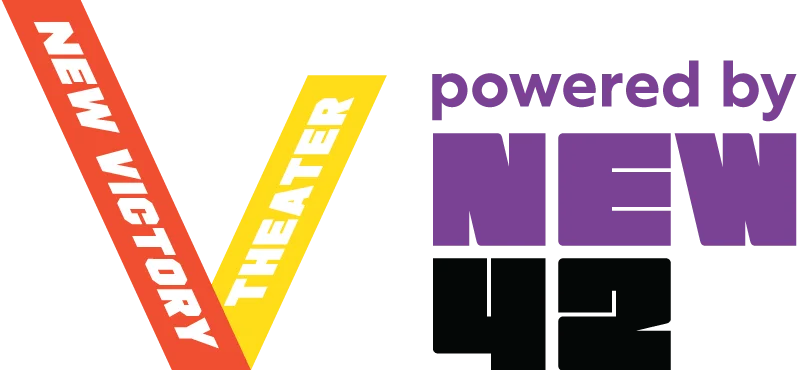Back to Resource Library Download PDF
Download PDF
It’s All an Act
 Download PDF
Download PDFEducators can use this two-part activity to learn about clowning and circus by crafting original clown characters and walking a tape tightrope across the classroom.
Materials Needed: None
Part 1: Introduction to Clowning
- Gather students in a circle and introduce the art of clowning. Explain that not all clowns have red noses and wear face paint; a clown is any character that expresses emotions in exaggerated, playful ways. Clowns can be serious, joyful, shy and even frustrated. Clowning is about exploring the full range of human emotions and sharing them with an audience using body language and facial expressions.
- Invite each student to discover their own unique clown character. They don’t need to look like a circus clown—they could be any type of clown! Ask students to think about the following:
- Movement: Does your clown move slowly and cautiously, or quickly and energetically?
- Expression: How does your clown show big emotions? Do they use dramatic facial expressions, exaggerated gestures, or small, subtle movements?
- Emotions: Is your clown playful, curious, clumsy or mischievous?
- Next, ask students to start bringing their character to life by moving around the classroom as their clown, letting them explore how their clowns interact with the space and others. Then, encourage them to use their whole body to react to imaginary objects or situations they encounter in the space, like stepping over a mud puddle slowly, walking through gale-force winds or reacting to something surprising.
- Hold space for students to explore their clown character freely, allowing each student’s clown to explore different situations and react to them in fun new ways!
Part 2: Walking a Tightrope
- Using masking tape, create a zig-zagging line on the floor, at least 10 feet long with four or five changes in direction. This will act as your classroom tightrope! Tell students to imagine they’re part of their very own
circus troupe and that balancing on a tightrope—a daring feat—requires focus and balance. - Have students take turns walking the taped line like a tightrope, one foot in front of the other. Encourage them to walk slowly, balancing carefully as if they were high in the air, and end with a fun pose or dismount
when they reach the end of the line. - Next, ask them to do it again, but this time, as their clown character! Ask them: How does your clown walk the tightrope? Are they nervous, brave or goofy? How does your clown pose when they complete their tightrope challenge? Encourage them to add silly movements and facial expressions while they balance.
- Level this up by handing each student a lightweight object, like a scarf or small ball. Ask them to walk the tightrope again, but this time balancing the object on their hand, head or elbow. As they balance, encourage them to stay in their clown persona—perhaps their clown struggles to balance or makes it look extra silly!
Reflection Questions:
- What was your favorite part about creating your clown character?
- What different kinds of clown characters did you see your classmates create?
- How did balancing while acting like a clown make you feel? Was it easy or hard?
To support this activity, and to learn more about clowning, watch The Element of Surprise video!
